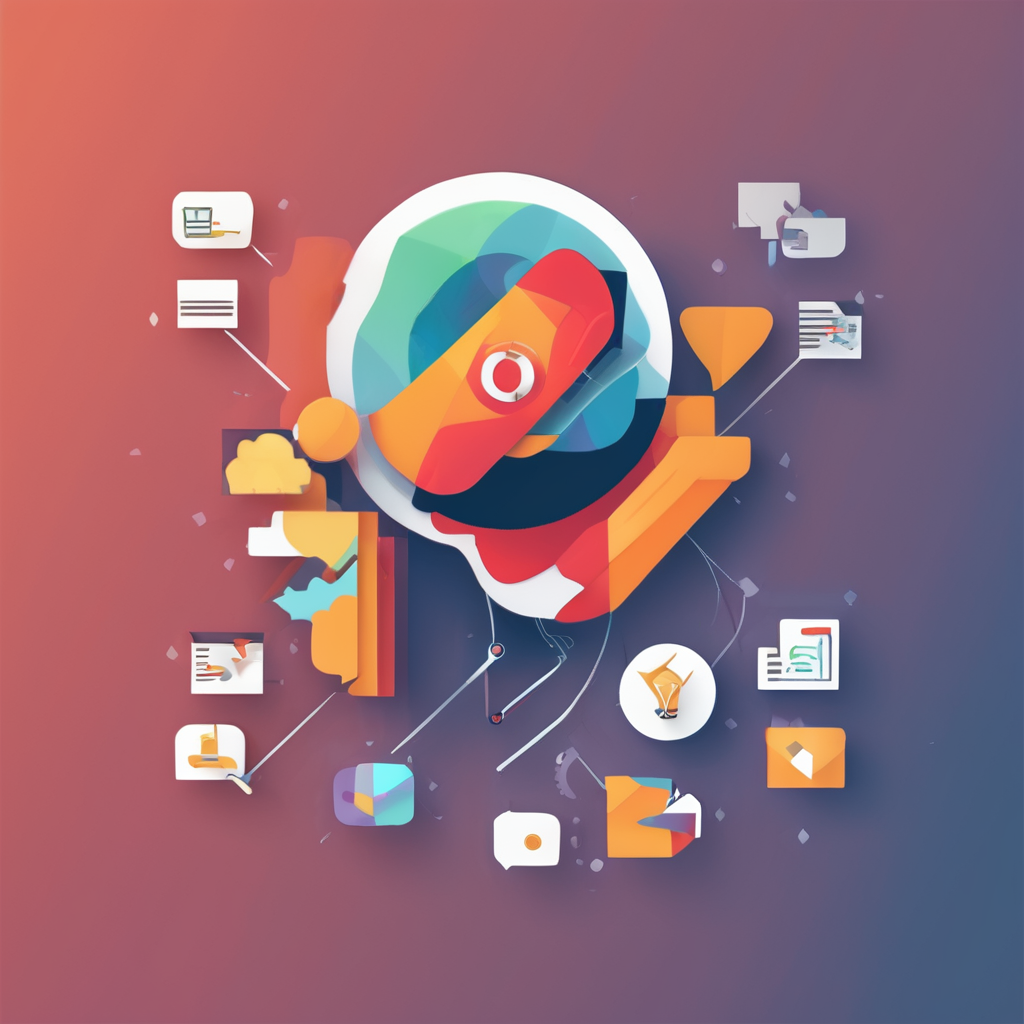Overview of IoT Technologies in Smart Cities
The integration of IoT technologies in smart cities is revolutionising urban environments by enhancing their digital infrastructure. At its core, IoT, or the Internet of Things, involves the interconnection of everyday devices to the internet, allowing them to send and receive data. This network forms the backbone of smart cities, enabling various systems to work harmoniously.
Key components of IoT include sensors, connectivity, and data management platforms. Sensors gather data from the urban environment, such as air quality, traffic patterns, and energy consumption levels. Connectivity through Wi-Fi, Bluetooth, or cellular networks allows this data to be transmitted in real-time, forming a digital infrastructure that supports city operations.
Also to read : Empowering UK Local Businesses: Enhance Your Visibility with Google My Business
Several examples highlight the influence of IoT applications in urban environments. Smart traffic management systems reduce congestion by adjusting traffic light patterns in response to real-time data. Likewise, smart waste management utilises IoT technologies to optimise collection schedules, ensuring efficiency and reducing costs.
The role of data analytics and robust connectivity in smart city development cannot be understated. Real-time data analysis facilitates prompt decision-making and resource allocation, contributing to the greater efficiency and sustainability of urban living conditions.
Topic to read : Unlocking Alumni Potential: Creative Online Strategies for UK Universities
Case Studies of IoT in UK Local Governance
Across the UK, advanced IoT technologies are reshaping frameworks within local governance. Different UK cities have adopted various smart city initiatives, showcasing the capabilities of IoT.
Successful Implementations in Major UK Cities
London serves as a prime example. The city integrates IoT systems for traffic management, using sensors to alleviate congestion and improve air quality. Manchester follows suit with its “CityVerve” project. It harnesses IoT for healthcare, enabling real-time health monitoring, thereby enhancing public wellbeing.
Innovative Projects in Less Populated Areas
In Bristol, IoT is employed for energy consumption management. Through smart meters and grids, Bristol optimises energy use, promoting sustainability. Milton Keynes pioneers a robust waste management IoT solution, ensuring efficient schedules while reducing costs.
Comparison of Outcomes Across Different Local Authorities
Comparing outcomes reveals that major cities often pioneer large-scale IoT deployments due to available resources. In contrast, smaller communities leverage IoT in specific sectors, demonstrating nimble adaptation. Both approaches underscore the transformative potential of IoT, irrespective of urban scale.
Transformation of Governance Through IoT
In recent times, the introduction of IoT technologies has precipitated a substantial transformation in urban governance. Public sector innovation is being driven largely by IoT’s ability to amass vast amounts of data, which subsequently informs more precise decision-making. This data collection empowers authorities to optimise strategies, ensuring public services meet community needs efficiently.
Citizen engagement is elevated through IoT-enabled feedback mechanisms. Platforms utilise data from IoT applications to forge connections between the public and governance structures. These channels foster inclusive dialogue, supporting transparency and participatory governance. Citizens now engage with policymakers more actively, advocating for developments and improvements based on real-time data insights.
Furthermore, administrative processes witness significant streamlining due to IoT integration. The automation of routine tasks, coupled with enhanced data analytics, reduces bureaucratic delays. This means that municipalities can respond promptly to issues ranging from infrastructure maintenance to resource allocation. Ultimately, such innovations not only modernise governance but also augment public satisfaction and trust. This evolution underscores IoT’s pivotal role in shaping the future of urban administration, ensuring it remains responsive to the rapidly changing landscape.
Benefits of IoT Adoption in Local Governance
The burgeoning adoption of IoT technologies offers numerous advantages to local governance, particularly in boosting operational efficiency. IoT systems streamline city management by enabling precise data collection and analysis, which in turn optimises resource allocation. For example, the integration of smart water meters can significantly reduce water wastage, resulting in both conservation and cost savings.
Cost savings extend beyond resource management, as IoT solutions automate processes that traditionally required significant manpower. Smart street lighting systems, for instance, adjust according to real-time data, leading to reduced energy consumption and maintenance costs. These technological advancements ensure that city budgets are allocated more effectively.
Furthermore, IoT-enhanced services substantially improve residents’ quality of life. Real-time data from IoT applications enable quicker response times for infrastructure repairs or public transportation, minimising inconvenience. With smart parking solutions, citizens can easily locate available parking spaces, saving time and reducing emissions.
In conclusion, IoT’s benefits encompass both tangible financial savings and elevated living standards. By promoting efficiency and innovation, local governance can more adeptly meet urban demands while fostering sustainable development and enhancing community well-being.
Challenges of IoT Integration into Governance
Integrating IoT technologies into governance presents several challenges, notably in data security and implementation issues. As IoT systems gather extensive public and private information, ensuring the security of this data is paramount. The vast interconnected networks increase vulnerable entry points, heightening the risk of breaches. Thus, it is crucial to deploy robust cybersecurity measures and maintain stringent privacy protocols to protect citizens’ information.
Technical and infrastructural challenges also arise. Implementing IoT systems requires significant updates to existing urban infrastructure, which can be both time-consuming and costly. Legacy systems often face compatibility issues with newer IoT technologies, necessitating comprehensive planning and investment in infrastructure upgrades.
Furthermore, there is often resistance to change within local government structures. Transitioning to a technology-driven governance model requires shifts in organisational culture, which can be met with scepticism or reluctance. Overcoming this resistance involves providing adequate training and demonstrating the tangible benefits of IoT technologies in improving governance and services.
To ensure successful IoT integration, local governments must address these challenges through careful planning, investment in technology, and fostering a culture receptive to innovation and change.
Future Trends in IoT and Smart City Governance
The growth of IoT technologies continues to reshape the future landscape of smart governance. As cities evolve, predicting the development of IoT helps guide sustainable urban planning. A notable trend is AI integration, enhancing IoT systems with predictive analytics for more proactive city management. This predicts potential infrastructure failures, optimising maintenance schedules and reducing costs.
Further evolution in IoT involves improving energy efficiency through smart grids. This empowers cities to manage energy distribution dynamically, fostering sustainable consumption patterns. Blockchain technology is also anticipated to play a pivotal role in IoT governance, ensuring data integrity and transparent transactions within IoT networks.
Policy implications remain a crucial consideration in IoT growth, necessitating new regulatory frameworks to address data security and privacy concerns. Governments must adapt swiftly to implement regulations that balance innovation with comprehensive protection.
Emergence of 5G technology will revolutionise IoT connectivity, promising faster data transmission and improved device intercommunication. As IoT technologies advance, cities must develop adaptive policies to embrace these innovations, ensuring robust, responsive governance that meets the demands of future urban environments, while safeguarding public trust.











